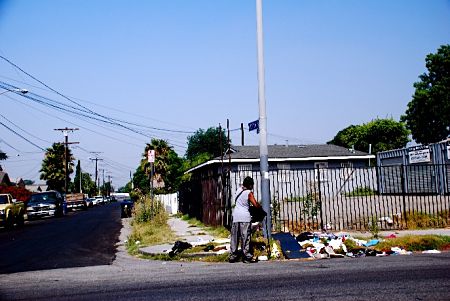The American Dream today cannot be defined as any one ideal or image. Considering the vastly different individuals that comprise the United States, what one citizen's view of the American Dream is will differ from another's. However, there are some generalities that are common for most Americans in their vision of the Dream:
- Economic Security: Most Americans consider economic security a major component of the American Dream. The ideal would be for families and citizens to have no need for financial concern - money should not be an issue.

- Cultural: Since there are numerous cultural groups within the U.S., the culture aspect of the American Dream cannot be biased towards any one way of living. Rather, the Dream propagates the idea that people are free to celebrate their own culture without bias or prejudice directed towards them. Furthermore, the Dream suggests that the various cultures within America coexist peacefully and as part of an overall tight-knit community.
- Political: The political side of the Dream is similar to the cultural component in that Americans should be free to decide their own political / social views without having their opinions attacked or infringed on by others.
I do not believe that the components of the American Dream are exclusive to each other since there is nothing in any one aspect of the Dream that contradicts another. However, I do believe the ideal suggested by the Dream to be realistically impossible to attain. This is because there is no feasible way for everyone to be wealthy and individualistic without coming into conflict with others. Overall, although the future may see a reality closer to the ideal of the Dream, I do not see a way for every citizen to realize the components of the American Dream currently.
What are your thoughts on the American Dream?
